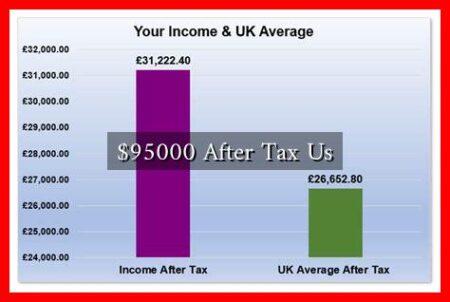-
Table of Contents
Taxes: A Comparative Analysis of the US and Australia
Taxation is a critical aspect of any economy, influencing everything from individual financial decisions to national fiscal policies. The United States and Australia, two countries with robust economies, have distinct tax systems that reflect their unique social, political, and economic landscapes. This article delves into the key differences and similarities between the tax systems of the US and Australia, providing insights into how these systems impact citizens and businesses alike.
Overview of Tax Systems
Both the US and Australia employ a progressive tax system, meaning that individuals with higher incomes pay a higher percentage in taxes. However, the structure, rates, and types of taxes levied differ significantly between the two nations.
Types of Taxes
In both countries, taxes can be broadly categorized into several types:
- Income Tax: Both countries impose income tax on individuals and corporations, but the rates and brackets vary.
- Goods and Services Tax (GST): Australia has a GST, while the US relies on sales taxes that vary by state.
- Capital Gains Tax: Both countries tax capital gains, but the treatment and rates differ.
- Property Tax: Primarily levied at the local level in both countries, but the rates and assessment methods can vary widely.
Income Tax: A Closer Look
Income tax is one of the most significant sources of revenue for both the US and Australia. However, the way these taxes are structured and the rates applied can lead to different financial outcomes for taxpayers.
United States Income Tax
The US federal income tax system is progressive, with rates ranging from 10% to 37% as of 2023. Additionally, states can impose their own income taxes, which can further complicate the tax landscape. For example:
- California has a top state income tax rate of 13.3%, while states like Texas and Florida have no state income tax.
- Tax deductions and credits, such as the mortgage interest deduction, can significantly affect taxable income.
Australian Income Tax
Australia also employs a progressive income tax system, with rates ranging from 0% to 45%. The tax brackets are adjusted annually for inflation. Key features include:
- No state income tax; all income tax is collected at the federal level.
- Tax offsets and deductions, such as the low-income tax offset, help reduce the tax burden for eligible individuals.
Goods and Services Tax vs. Sales Tax
Another significant difference between the two countries lies in their consumption taxes. Australia has a Goods and Services Tax (GST) set at 10%, which is applied uniformly across most goods and services. In contrast, the US employs a sales tax system that varies by state and locality.
- In the US, sales tax rates can range from 0% to over 10%, depending on the state and city.
- Some states exempt certain goods from sales tax, such as groceries and prescription medications, while Australia’s GST applies broadly.
Capital Gains Tax: Treatment and Implications
Capital gains tax (CGT) is another area where the two countries differ. In the US, capital gains are taxed at different rates depending on whether they are short-term (held for less than a year) or long-term (held for more than a year). Long-term capital gains are generally taxed at lower rates, ranging from 0% to 20% based on income levels.
In Australia, capital gains are also taxed, but individuals may receive a 50% discount on gains from assets held for more than a year. This means that only half of the capital gain is included in taxable income, which can significantly reduce the tax burden for long-term investors.
Conclusion: Key Takeaways
Understanding the differences between the tax systems of the US and Australia is crucial for individuals and businesses operating in or considering moving to either country. Here are the key takeaways:
- Both countries have progressive income tax systems, but the rates and brackets differ significantly.
- Australia’s GST is a uniform consumption tax, while the US has a varied sales tax system.
- Capital gains tax treatment varies, with Australia offering a significant discount for long-term holdings.
Ultimately, the choice of where to live or do business can be influenced by these tax structures. For more detailed information on tax policies in each country, you can visit the IRS website for the US and the Australian Taxation Office for Australia.


